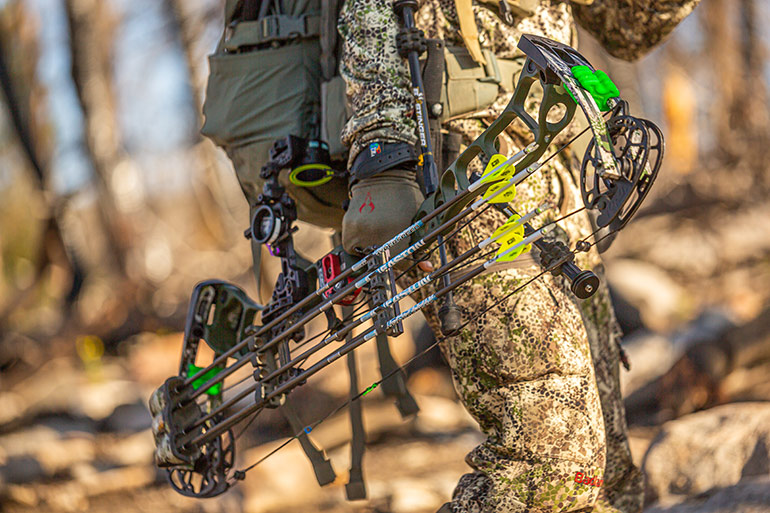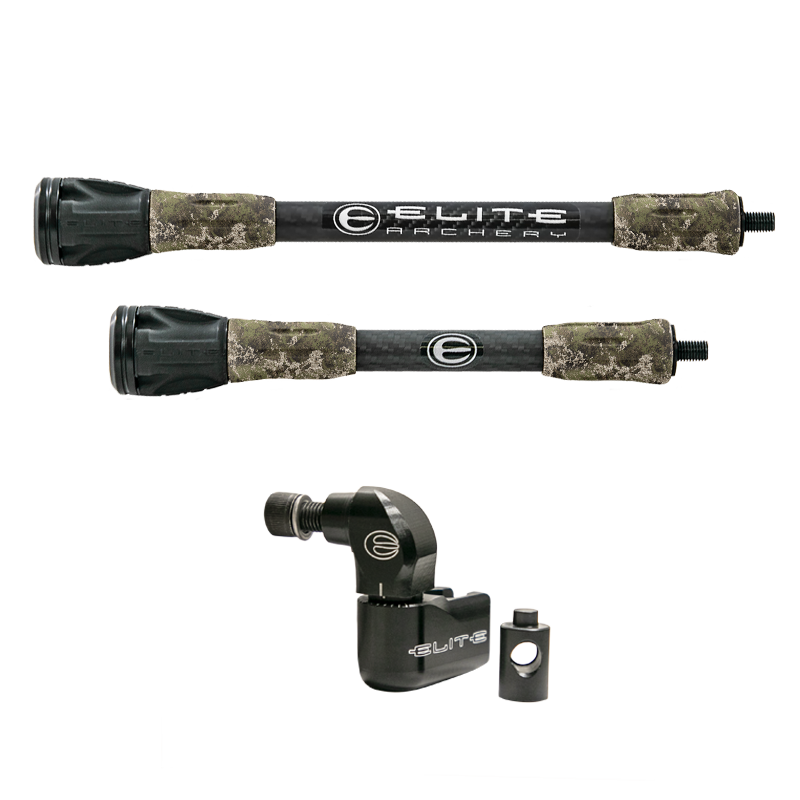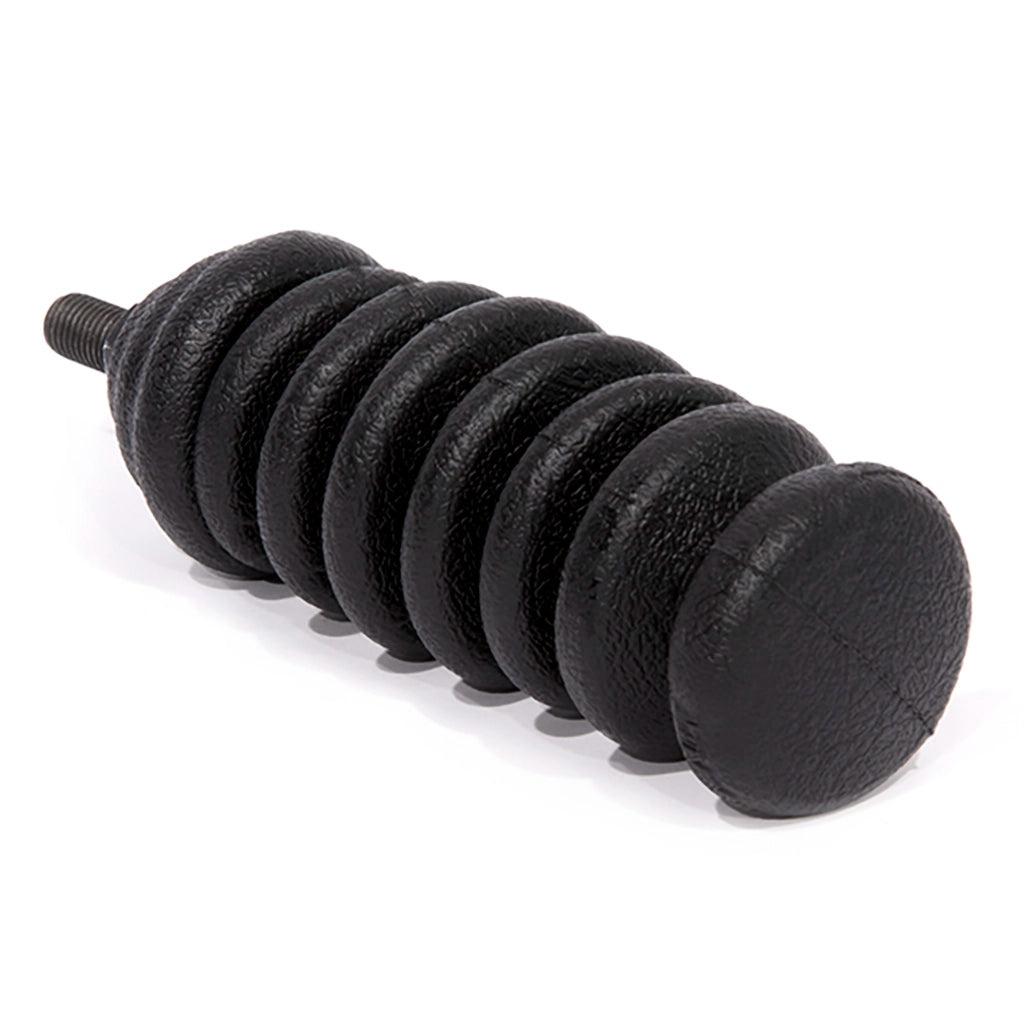Master the Art of Archery: Recognizing the Significance of a Stabilizer in Your Configuration
Archery, an ancient sport that requires precision, ability, and focus, has captivated people for centuries. Whether one is a seasoned archer or just starting their trip, the value of a stabilizer in their arrangement can not be overemphasized. This crucial tool plays a considerable function in enhancing precision and boosting general performance. By understanding the advantages of utilizing a stabilizer, thinking about the right variables when picking one, and effectively installing and readjusting it, archers can raise their abilities to new heights. So, allow us check out the intricacies of understanding the art of archery and reveal the very useful function that a stabilizer plays in achieving success on the array.
The Role of a Stabilizer in Archery
A stabilizer plays an important duty in archery by improving equilibrium and reducing vibrations during the shot. A stabilizer assists to counteract these vibrations by taking in and dissipating the energy (archery stabilizer).
Among the main benefits of a stabilizer is its capability to enhance equilibrium. When an archer holds a bow, it can be testing to preserve a steady aim. The weight of the stabilizer helps to distribute the weight uniformly, decreasing the pressure on the archer's arm and boosting security. This enables the archer to concentrate on their goal and carry out an extra precise shot.
Along with balance, a stabilizer also helps to decrease torque. When an archer releases the bowstring, there is an all-natural propensity for the bow to turn in the hand. This rotation, called torque, can cause the arrow to drift off-course. The weight and layout of a stabilizer neutralize this turning, making certain an extra constant and accurate shot.
Benefits of Making Use Of a Stabilizer
The use of a stabilizer in archery supplies many advantages that boost an archer's performance and overall capturing experience. First of all, a stabilizer helps to reduce the resonances generated upon release of the arrowhead. These resonances can cause the acquiesce torque or twist, causing imprecise shots. By taking in and wetting these vibrations, the stabilizer improves the stability of the bow, allowing for even more consistent and specific shots.
Second of all, a stabilizer helps to balance the bow by including weight to the front end. This weight distribution counteracts the all-natural tendency of the acquiesce tip forward upon release, minimizing the amount of motion and boosting the archer's ability to preserve goal on target.

Finally, a stabilizer can likewise serve as a shock absorber, minimizing the shock and recoil experienced upon release. This not just boosts the convenience of shooting but additionally decreases the threat of injury or stress on the archer's body.
Just How a Stabilizer Improves Precision
Enhancing the accuracy of an archer's shots, a stabilizer plays a crucial function in improving overall efficiency. archery stabilizer. By adding security to the bow, a stabilizer helps decrease the unwanted movement and vibration that can take place during a shot. This decrease in movement permits the archer to preserve a constant objective, causing more regular and accurate shots

Furthermore, a stabilizer helps to dampen resonances that happen upon release. These vibrations can trigger the bow to drink, impacting the arrow's trajectory and precision. By soaking up and dissipating these link resonances, a stabilizer helps to maintain the bow's security and make sure a precise and smooth shot.
Additionally, a read this stabilizer can likewise help in balancing the weight circulation of the bow (archery stabilizer). By adding weight to the front of the bow, a stabilizer helps to stabilize the weight of accessories, such as quivers or sights, which might be affixed to the bow. This well balanced weight circulation assists the archer maintain a regulated and consistent shooting placement, resulting in enhanced precision
Factors to Consider When Choosing a Stabilizer
When picking a stabilizer for your bow, it is essential to take into consideration numerous factors that will certainly add to its general effectiveness and suitability for your specific capturing style. The initial element to take into consideration is the length of the stabilizer. Stabilizers are available in various lengths, varying from brief to long. Longer stabilizers typically give a lot more stability and equilibrium, yet they can also be heavier and more challenging to maneuver. Much shorter stabilizers, on the various other hand, provide much better maneuverability however might sacrifice some stability.
An additional variable to consider is the weight of the stabilizer. The weight of the stabilizer can affect the equilibrium of your bow.
Some stabilizers have adjustable features, such as flexible length or adjustable weights, which allow you to tailor the stabilizer to your details requirements. Carbon fiber stabilizers are lightweight and resilient, while light weight aluminum stabilizers provide a balance in between weight and rigidness.
Last but not least, it is necessary to consider your shooting design and choices. Different stabilizers may work far better for specific shooting styles, such as target capturing or hunting. It is advisable to talk to knowledgeable archers or professionals to establish which stabilizer will best match your individual demands. In general, considering these aspects will certainly help make sure that you pick a stabilizer that improves your shooting experience and improves your precision.
Tips for Properly Changing a stabilizer and setting up
Longer stabilizers give even more security but can be much less manoeuvrable, while shorter stabilizers provide enhanced maneuverability but may compromise stability. Once you have actually picked the proper length, connect the stabilizer to the bow using the given placing equipment. Make certain that the stabilizer is firmly attached and straightened with look at this site the bow's riser.
After mounting the stabilizer, it is needed to make modifications to accomplish the desired equilibrium and shot uniformity. Start by adjusting the weight distribution along the stabilizer. This can be done by including or getting rid of weights from the stabilizer's weight system. Trying out different weight configurations to discover the equilibrium that works ideal for you. Furthermore, consider readjusting the angle of the stabilizer to adjust the shot. A small onward or backward tilt can influence the bow's balance and just how it reacts throughout the shot.

Final Thought
To conclude, a stabilizer plays a crucial function in archery by boosting precision and lowering bow torque. By including weight to the bow, it assists to support the shot and balance. When choosing a stabilizer, aspects such as weight, size, and product need to be considered to satisfy individual needs. Proper installment and change of the stabilizer are additionally important for optimal efficiency. Understanding making use of a stabilizer can considerably improve the archer's skill and precision.
Additionally, a stabilizer can additionally aid in balancing the weight circulation of the bow. By adding weight to the front of the bow, a stabilizer aids to balance the weight of devices, such as sights or quivers, which might be attached to the bow. Some stabilizers have flexible features, such as adjustable length or flexible weights, which permit you to customize the stabilizer to your details demands. Carbon fiber stabilizers are long lasting and lightweight, while light weight aluminum stabilizers provide an equilibrium in between weight and strength.
Longer stabilizers offer even more stability yet can be much less manoeuvrable, while shorter stabilizers supply enhanced ability to move but might compromise stability.